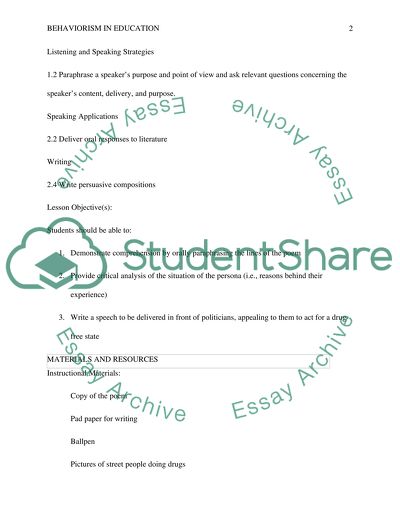Cite this document
(“Behaviorism Essay Example | Topics and Well Written Essays - 1000 words - 1”, n.d.)
Retrieved from https://studentshare.org/education/1461520-behaviorism
Retrieved from https://studentshare.org/education/1461520-behaviorism
(Behaviorism Essay Example | Topics and Well Written Essays - 1000 Words - 1)
https://studentshare.org/education/1461520-behaviorism.
https://studentshare.org/education/1461520-behaviorism.
“Behaviorism Essay Example | Topics and Well Written Essays - 1000 Words - 1”, n.d. https://studentshare.org/education/1461520-behaviorism.


